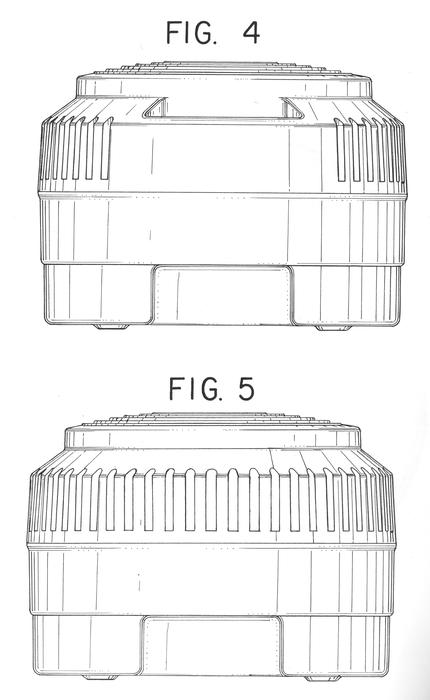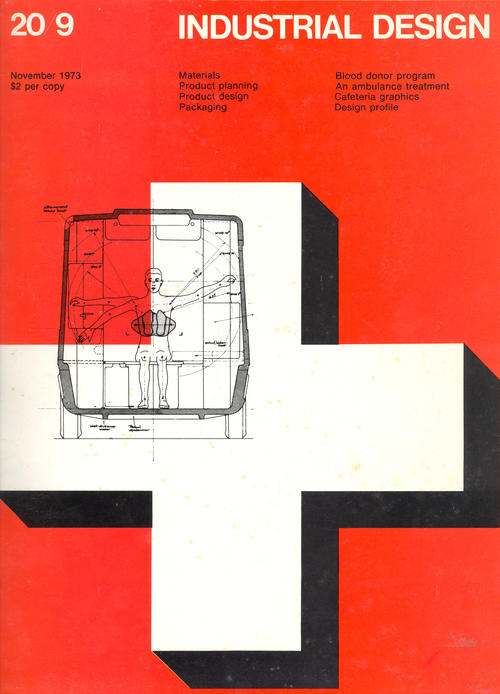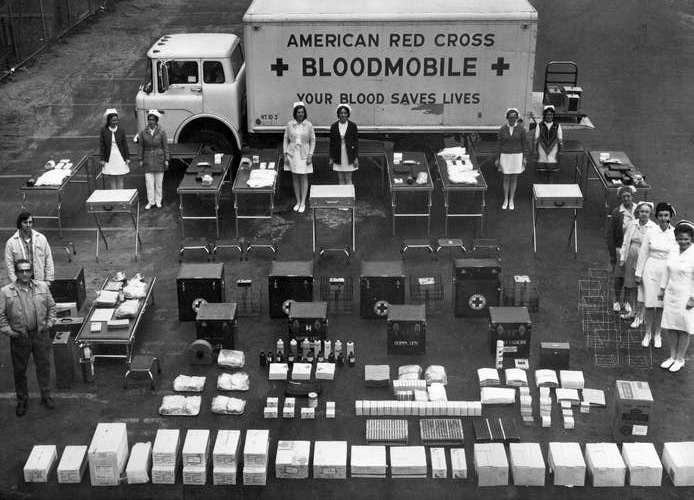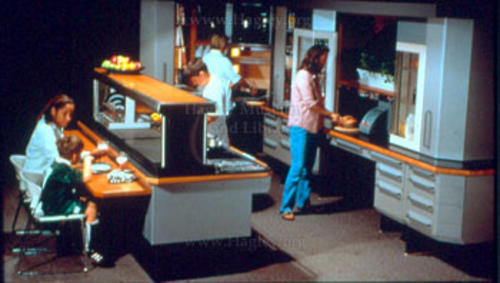Early Life

Marc Harrison was born on July 1, 1936, in New York City. When he was eleven years old, Harrison suffered a severe brain injury due to a sledding accident. As a result of the accident, he had to relearn basic functions such as walking and talking. It was because of this event and his extensive rehabilitation that Harrison gained insight and inspiration for his future work as an industrial designer. Harrison earned his BFA in industrial design at Pratt Institute in 1958 and his MFA from Cranbrook Academy of Art in 1959.
After briefly working freelance, Harrison began teaching at Rhode Island School of Design (RISD), in the Department of Industrial Design. He taught a research-based human factors and ergonomic analysis approach to product design. He urged the inclusion of liberal arts courses to produce students who would be sensitive to the users needs. In the 1960s, RISD's Industrial Design program pioneered research, design, and prototyping of product designs in the areas of ergonomics, physical and rehabilitation medicine, adaptive products, and elimination of product and architectural barriers.
The Roots of Universal Design

In the post-World War II era, products were designed for those of average shape, size, and ability. However, the elderly and disabled found such products diffuclt to use. Harrison advocated products designed for users of all abilioties. This philosophy came to be known as Universal Design and Harrison Incorporated it in all projects at RSID and in his consulting firm, Marc Harrison Associates.
Red Cross Mobile Blood Collection

In the early 1970s, Harrison proposed the development of two prototype mobile blood-collecting systems. Working in conjunction with the national Red Cross and its Boston chapter, Harrison and his students initiated a five-year project to research its feasibility.
The goal was to enable the Red Cross blood programs to readily access various sites and, more importantly, to adopt design technologies that comfortably accommodated donors of varying ages, sizes, and physical abilities. The final design was patented and the Red Cross used it extensively thoughout the country.
The ILZRO House

Harrison served as project director of the ILZRO Industrialized Housing System, a five-year research and demonstration program sponsored by the International Lead Zinc Research Organization. ILZRO, a trade association for mining companies, awarded grants to RISD to construct a demonstration house, beginning in 1971. The experimental steel house, constructed in Foster, Rhode Island, by RISD faculty and students, explored building science, application of new materials, energy conservation, and accessibility.
The ILZRO house was 1,100 square feet of one-level, barrier-free design. Light switches, large and illuminated, could be operated by the fist or palm and were mounted at doorknob height. Sinks were six to seven inches deep with drains at the rear, allowing wheelchair users to get their knees under them without hitting plumbing. The kitchen’s island work surface sat at 31 inches high, ideal for wheelchair users, and an effective regular height for the cooking surface. The ILZRO House was a pioneering Universal Design project.
The DLC-X Cuisinart Food Processor

Harrison's best known design was the Cuisinart food processor. After being approached by the company, Harrison redesigned the original product to meet the needs of a larger range of consumers,, particularly those with physical limitations. His new design featured oversized, easily pressed buttons, large graspable handles, and bold print. Harrison conducted meticulous human factors studies focusing on the operational sequences of the product’s normal use.
The new Cuisinart food processor was named the DLC-X and combined ease-of-use and an attractive, unique design. The motor was more powerful, yet quieter, and more compact. Harrison developed the proportions and special shape of the work bowl handle from anthropometric data. The paddle-like controls accommodated gross hand motions for people those with even limited motor skills. Harrison even redesigned the shape of the plug to comfortably fit fingers. The new processor received critical acclaim and many awards for its stylish and user-friendly controls. It was shown in the Philadelphia Museum of Art exhibition, “Design Since 1945” in 1983 and was featured in the Whitney Museum of Art exhibition “High Styles” of twentieth-century American design in 1985.
The "Universal Kitchen"

Towards the end of his life, Harrison became involved with the RISD "Universal Kitchen" project, based on concepts of Universal Design. The design study, undertaken by RISD students documented each step in the process of cooking a meal in a conventional kitchen in order to develop a more efficient, time saving, and user-friendly model. Based on their findings, the students built a prototype "Universal Kitchen."
Harrison, one of the pioneers of the philosophy of Universal Design, did not see the final outcome of the project. On September 22, 1998, Marc Harrison died due to Amyotrophic Lateral Sclerosis (ALS). The Cooper-Hewitt National Design Museum in New York City exhibited the prototype of the "Universal Kitchen" from November 1998 though March 1999.
Click here for more information about the Marc Harrison Papers at Hagley.
View selected items from this collection in the Hagley Digital Archives here.

